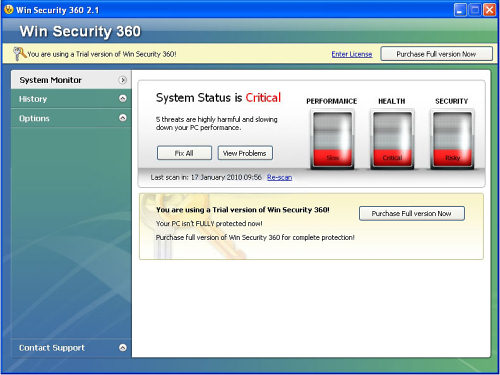How To Get Drivers For The “Base System Devices” On Windows 7
The “Windows 7 Base Device” problem is widespread throughout the World, with millions of people reporting not being able to be able to get their hardware to work because of it. Unlike older versions of Windows, this problem does not give you any hints as to what the hardware is, meaning that if you want to manually update the driver you don’t even know which one to look for. Fortunately, there are some simple ways to fix this error for good…
What Are “Base System Devices”?
The “Base System Device” is a generic term for a piece of hardware on your system that Windows 7 cannot find a driver for. This problem has been especially bad for people who have chosen to upgrade from a previous version of Windows, and because the devices are all labelled as “Base System Device”, it’s difficult to know which part of your computer does not have any drivers, making it even more difficult to find the drivers on the Internet.
How To Get Drivers For “Base System Devices” On Windows 7
Step 1 – Find Out What The Devices Actually Are
The first step to getting drivers for these components is to realize what they are. To do this, you need to be able to look at the “Hardware ID” for the device and then use a resource to find out exactly which driver is needed for it. Here’s how you do it…
1) Click Start and then Control Panel
2) Then click on Device Manager
3) For each “Base System Device”, right click and select “Properties”.
4) On the “Details” tab, take note of the Hardware ID
5) Click on http://www.pcidatabase.com/ and paste the hardware ID into the “device search”
6) Note down the component that appears.
Step 2 – Get The Drivers Needed For Those Components
Our recommended resource to do this is a tool called “Driver Robot“. This will search through your PC and automatically update all the drivers on your system, removing the “Base System Devices” from your PC. However, you can do this manually also…
Once you have discovered which component is in need of drivers, the best thing to do is to browse to the manufacturers website to find the latest and most updated official driver. If you have a laptop, then you should browse to the website of the laptop’s manufacturer.
Step 3 – Install The Latest Drivers
After you’ve downloaded the latest drivers from the Internet, you need to install them. This is done by using the pre-packed installer application that normally accompanies the driver downloads and is pretty self explanatory.
Step 4 – Clean The Registry
– Download this registry cleaner
It’s often the case that the ‘registry’ will cause a lot of driver issues for Windows. This is a problem which even the most advanced Windows 7 PCs cannot avoid, and in order to fix it, it’s recommended you use a registry cleaner to keep your PC running as smoothly and effectively as possible. Not many people give this advice, but cleaning the registry with a good registry cleaner is a good way to stop any future driver issues and keep your system running smoothly and reliably.





